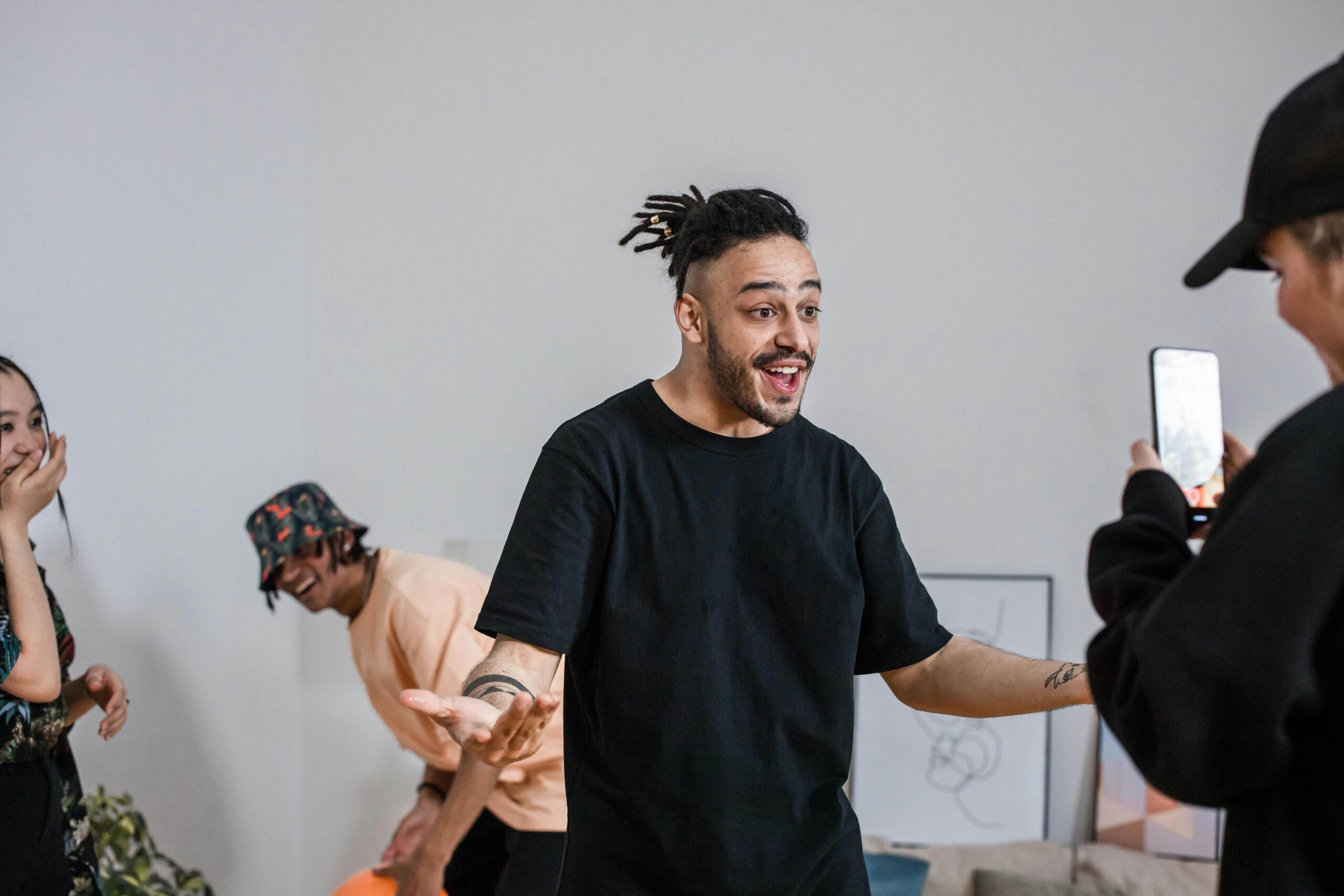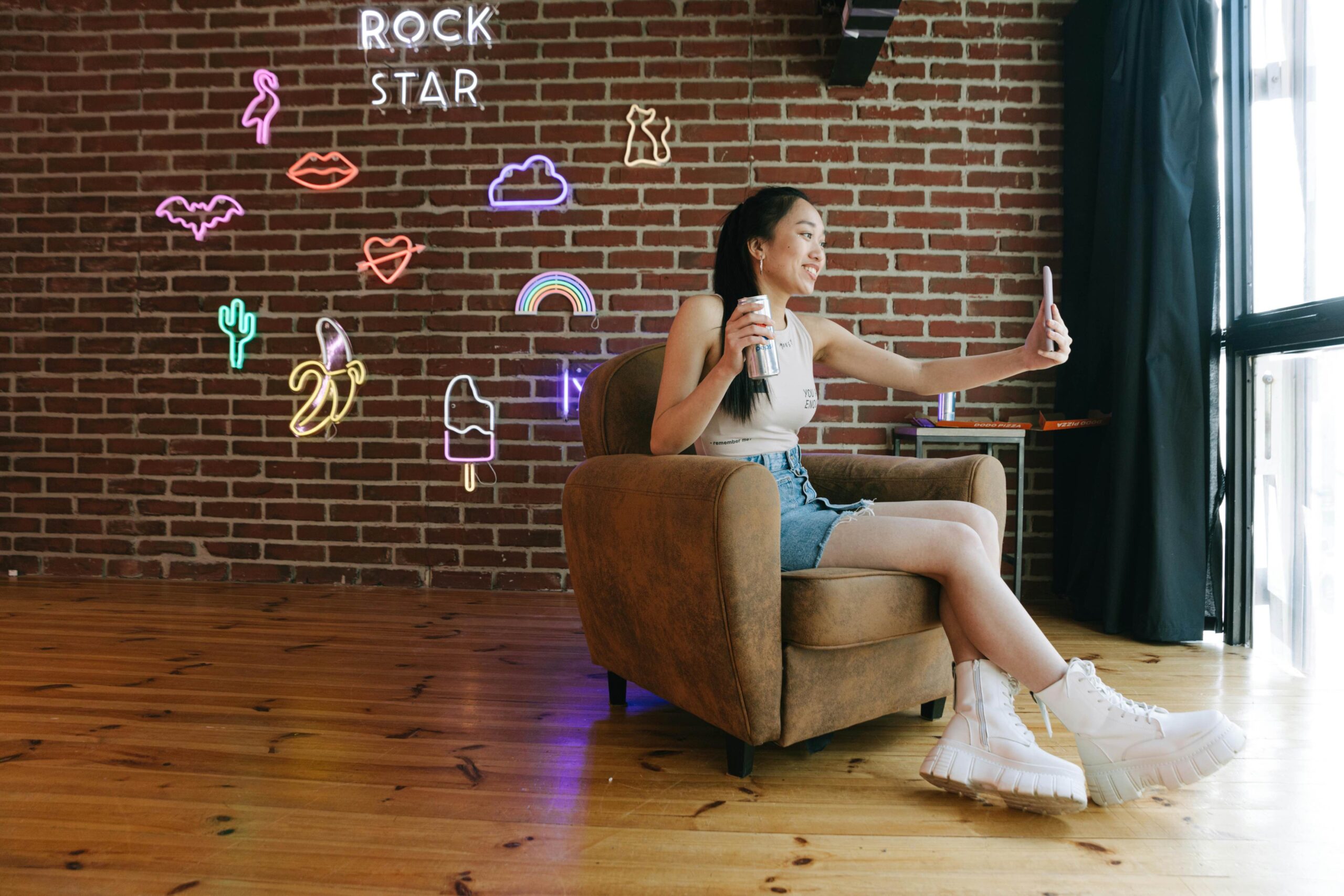Music has become an important part of content creation. It can make or break your content, setting the tone and boosting engagement. But when working with brands, choosing the wrong track could mean your content gets muted, flagged, or becomes unusable for campaigns. That’s why understanding music guidelines is essential for influencers.
In this guide, we’ll break down when you can use non-copyrighted music, why brands often require licensed tracks, and where to find approved options to keep your content safe and brand friendly.
Always Follow the Campaign Brief

Before choosing any music for your content, the first step is to read the brand’s campaign brief carefully. Brands set specific guidelines for a reason, and music selection plays a big role in whether your content can be repurposed or even seen by your audience.
Why Music Guidelines Matter:
Brands may have licensing agreements with specific providers, or they might need content they can legally use across ads, websites, and social media. Using unapproved music could mean your video can’t be reposted by the brand, limiting potential exposure and future collaborations.
Understanding Brand Goals:
Some brands prioritize organic reach and may allow you to use trending, non-copyrighted tracks to maximize engagement. If a brand plans to reuse your content for paid ads or marketing, they will likely require licensed or royalty-free music to avoid copyright issues.
The Risks of Ignoring Music Guidelines:
- Your content could be muted or removed due to copyright violations.
- The brand may be unable to use or share your video, reducing its value for both you and them.
- Repeated copyright violations could impact your account’s visibility or engagement on social platforms.
Bottom line, when in doubt, ask the brand directly or stick to royalty-free and approved music to ensure your content meets campaign requirements.
When Can You Use Copyrighted Music?
There are times when using copyrighted or trending music is acceptable, but it depends on the brand’s goals and the purpose of your content. Understanding when it’s okay can help you make informed choices without risking content takedowns or missed brand opportunities.
When It’s Acceptable to Use Copyrighted Music:
- The brand prioritizes virality. If a campaign’s main goal is to boost engagement and reach, brands may allow trending music to maximize exposure.
- The content is meant only for your audience. If the brand has no intention of repurposing your video for ads, website embeds, or social media, they might be more flexible with music choices.
- The platform supports it. TikTok and Instagram Reels, for example, have built-in libraries that allow creators to use popular tracks under their respective licensing agreements.
The Risks of Using Copyrighted Music:
- Brands can’t reuse your content. If you use copyrighted music, brands may not be able to share your video across their own platforms due to licensing restrictions.
- Your content could be demonetized or muted. Platforms like YouTube and Instagram may detect copyrighted music and remove audio, limit monetization, or restrict visibility.
- Repeated violations could impact your account. Using copyrighted tracks without permission could lead to content removal, lower engagement, or even account strikes on some platforms.
Why Brands Often Require Non-Copyrighted or Licensed Music

Music isn’t just about setting the mood, it plays a crucial role in a brand’s marketing strategy. Many brands require non-copyrighted or licensed options to ensure they can legally repurpose influencer content across their platforms without facing restrictions.
For influencers, this means a higher chance of their content being reshared, leading to increased exposure and potential long-term partnerships. Following brand guidelines also demonstrates professionalism and reliability, making brands more likely to collaborate with you again.
Additionally, using licensed music protects your content from being demonetized or restricted on social platforms. If a brand wants to feature your work but can’t due to copyright issues, it limits the reach and impact of your content. By choosing music that aligns with brand requirements, you ensure that your work remains visible, shareable, and valuable for both you and the brand.
Where to Find Approved & Non-Copyrighted Music
Finding the right sound for your content doesn’t have to be complicated. Many platforms offer royalty-free and licensed options that ensure your content remains compliant with brand guidelines and avoids copyright issues.
Social media platforms like Facebook & Instagram Sound Collection and the YouTube Audio Library provide a selection of pre-approved tracks that are safe to use. For those looking for a wider range, premium services like Epidemic Sound, Artlist, and Soundstripe offer high-quality music with full commercial licensing, ideal for influencers who create content regularly.
On TikTok and Instagram, checking music licensing is essential. TikTok offers a “Commercial Sounds” library, which includes music that is safe for promotional and brand collaborations.
Some brands may even provide licensed tracks for you to use in campaigns. Always check the campaign brief for any specific instructions or music files they’ve approved. By using the right music sources, you not only protect your content but also increase your chances of brands resharing your work, leading to better exposure and future collaborations.
Conclusion: Stay Safe & Keep Creating
Music can elevate your content, but choosing the wrong track can lead to takedowns, muted audio, or missed brand opportunities. By following brand guidelines and using approved sound, you ensure that your content remains usable, shareable, and aligned with collaboration requirements.
Sticking to copyright-free or licensed tracks protects your work, maintains your credibility, and increases your chances of brands resharing your content. When in doubt, check the campaign brief, use platform-approved libraries, and ask for clarification.
With the right approach, you can create engaging content while keeping your partnerships strong and your creative freedom intact. 🎶✨











